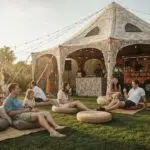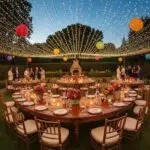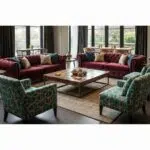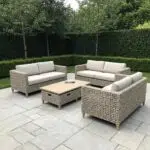An event’s success relies on its ambiance, and the right tent style plays a crucial role. Event planners must balance guest comfort with budget, venue, and weather constraints. This article examines how open-air and intimate tent styles create unique atmospheres and provides guidance for choosing the right option.
Key Takeaways
- Open-air tents offer a feeling of spaciousness and natural light.
- Intimate tents promote closeness with controlled space and lighting.
- Tent design, materials, and setup logistics directly impact event ambiance.
- Matching the tent style to the event size and location is essential.
- Expert consultation aids in selecting sustainable, safe, and stylish tent options.
What Are the Key Differences Between Open-Air and Intimate Event Atmospheres?
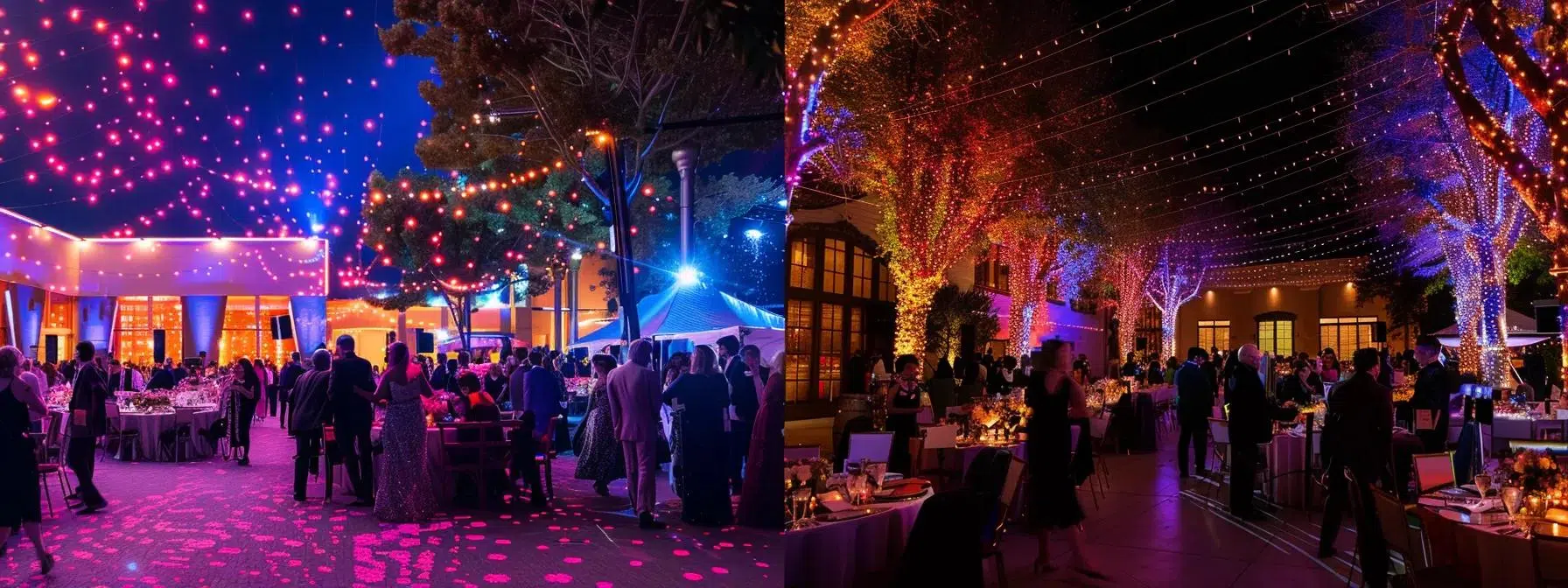
Open-air atmospheres emphasize spaciousness, natural light, and dynamic interaction with the outdoors, while intimate atmospheres create a warm, enclosed space that encourages personal interaction through controlled lighting and design.
How Does Event Ambiance Influence Tent Style Choice?
Event ambiance guides tent style selection. Open-air tents suit lively events with minimal barriers, while intimate tents with soft lighting and detailed decor are better for exclusive settings that foster close guest interactions.
What Guest Experiences Define Open-Air vs. Intimate Events?
In open-air events, guests enjoy unobstructed views, natural ventilation, and fluid movement. Intimate events focus on personalized experiences with focused lighting, enhanced acoustics, and a curated spatial feel.
Which Event Types Benefit Most From Open-Air or Intimate Settings?
Large-scale gatherings, festivals, corporate functions, and weddings benefit from open-air tents that integrate with natural surroundings. Private parties, boutique receptions, executive meetings, and family celebrations thrive in intimate settings.
How Do Tent Styles Affect the Feel of Your Event?
Tent styles shape event atmosphere by altering spatial perception and light diffusion. The choice between a structured, formal design and a relaxed, elegant setup sets the tone for guest interactions.
What Are the Characteristics of Frame, Pole, and Clearspan Tents?
Frame tents offer unobstructed space with a modern, flexible design. Pole tents, with central supports, provide a classic outdoor aesthetic. Clearspan tents eliminate interior supports entirely, maximizing open space with a minimalist look.
How Do Tent Materials and Designs Influence Openness or Intimacy?
Materials like sailcloth and translucent textiles enhance openness by letting in natural light, while heavier or draped fabrics create a cocooned, intimate environment. The choice of color and texture further influences the overall feel.
Can Custom Tent Designs Enhance Event Atmosphere?
Absolutely. Custom designs incorporate elements such as specialized lighting, branded decor, and flexible layouts to transform a generic tent into an immersive venue that meets both aesthetic and logistical needs.
How Should You Match Tent Style to Event Size and Location?
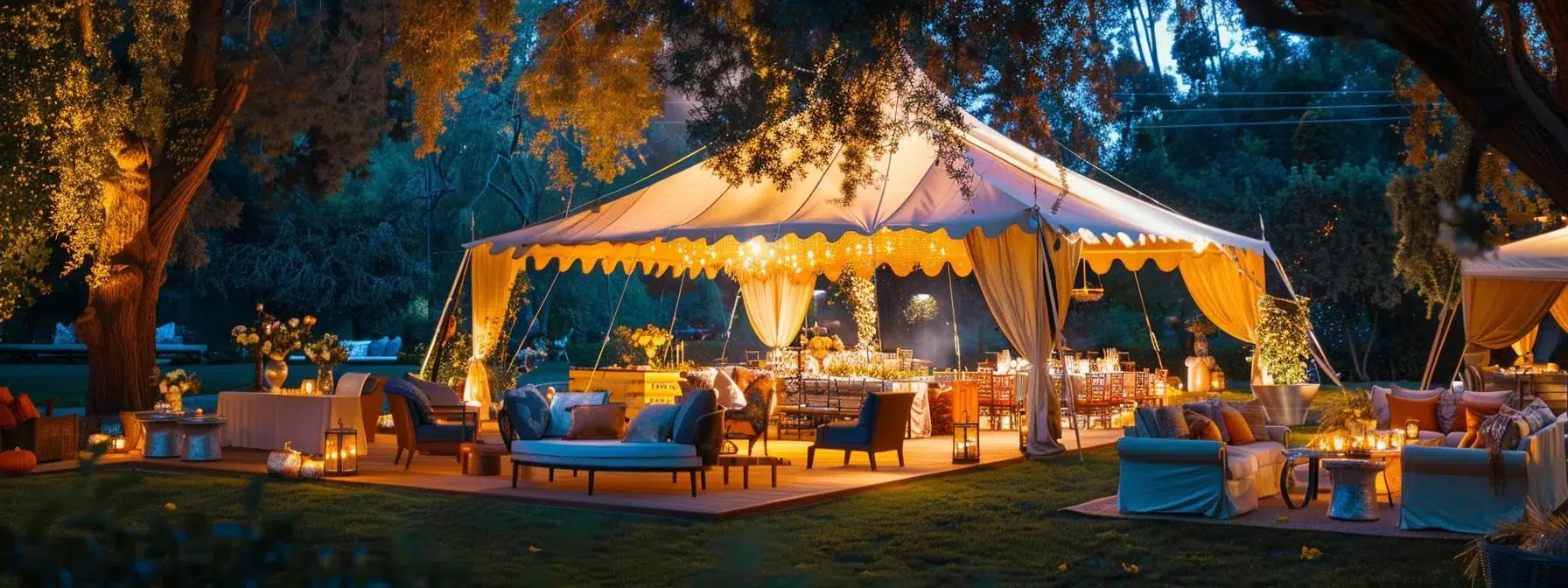
The right tent must match guest capacity, site constraints, and functional needs. Ensuring proper proportionality between the tent and guest count is key to maintaining comfort and aesthetic balance.
What Tent Sizes Work Best for Small vs. Large Guest Counts?
Smaller guest lists benefit from intimate tents that feel cozy and exclusive, while larger events require expansive clearspan or frame tents that allow fluid movement and avoid overcrowding.
How Does Venue Type Affect Tent Style Selection?
Outdoor venues with natural scenery favor open-air designs that capitalize on light and views. Urban or space-constrained venues may call for intimate tents to create a controlled atmosphere.
What Are the Logistics of Tent Setup in Different Locations?
Setup logistics vary with terrain and weather. Softer grounds may need extra anchoring, and concrete surfaces might require specialized supports. Factors like drainage and wind protection are essential for safe and stable installation.
What Are the Benefits of Choosing an Open-Air Tent Style?
Open-air tents connect interior spaces with the outdoors, enhancing natural ambiance and encouraging guest interaction.
How Does Open-Air Style Enhance Guest Interaction and Atmosphere?
With uninterrupted sight lines and maximum natural light, open-air tents promote easy movement and social engagement, creating an energetic event atmosphere.
What Weather Considerations Affect Open-Air Tent Use?
Design features such as retractable sides, waterproof materials, and integrated heating or cooling systems help open-air tents adapt to wind, rain, and temperature changes while keeping guests comfortable.
Which Events Are Ideal for Open-Air Tent Styles?
Open-air tents are ideal for garden weddings, outdoor festivals, corporate picnics, and large public gatherings where a grand, natural setting enhances the event experience.
What Are the Advantages of an Intimate Tent Style for Events?
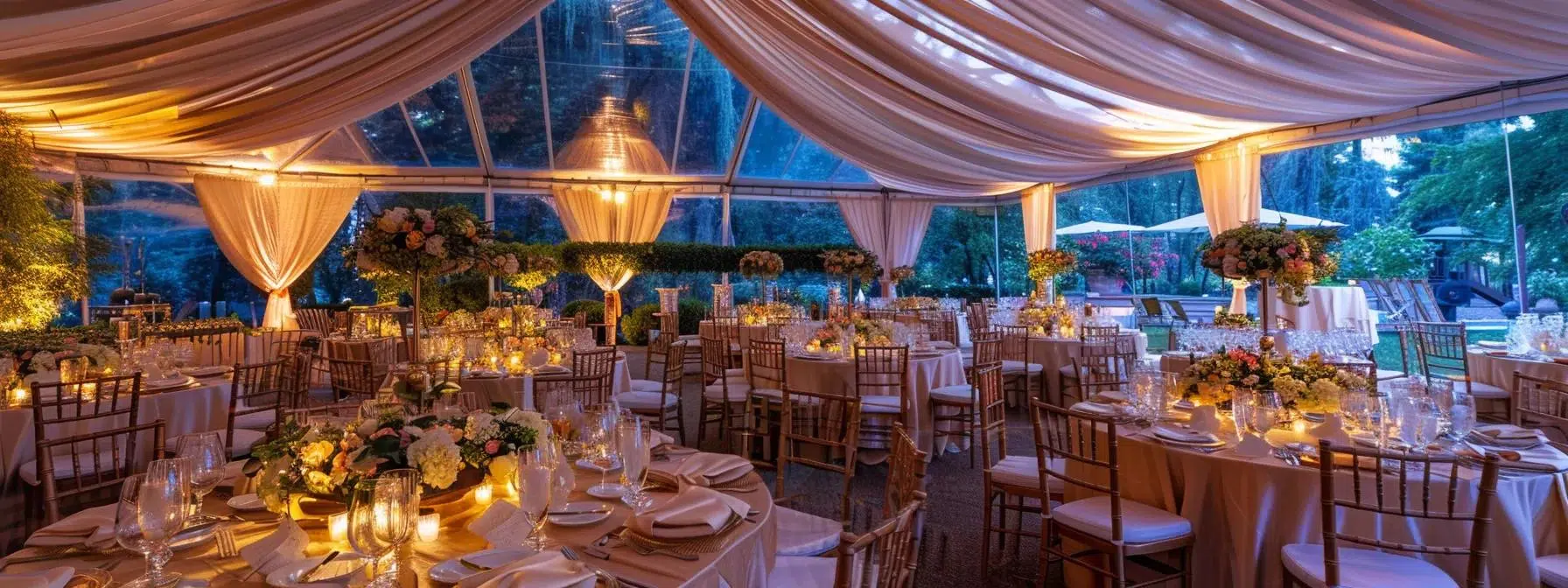
Intimate tents create a cozy, exclusive environment ideal for events focused on upscale dining, private gatherings, or corporate meetings that demand a refined ambiance.
How Does an Intimate Tent Create a Cozy and Exclusive Feel?
Strategically placed partitions, soft lighting, and elegant decor foster a warm atmosphere. This controlled environment reduces noise and emphasizes personal connection.
What Tent Features Support Privacy and Comfort?
Sidewalls, drapery, and modular seating help partition the space, enhancing privacy. Integrated climate systems and ambient lighting further boost comfort and style.
Which Event Types Thrive With Intimate Tent Settings?
Events such as upscale dinners, corporate retreats, and celebration parties benefit from the focused layout offered by intimate tents, which encourages luxury and exclusivity.
How Can Expert Consultation Help You Choose the Right Tent Style?
Expert advice simplifies the decision process by offering insights into material durability, setup logistics, and design customization, all essential for aligning the tent with the event’s vision and requirements.
What Questions Should You Ask Tent Rental and Design Experts?
Ask about material quality, setup logistics, size recommendations, weather-proofing measures, and safety protocols. Understanding available add-ons for lighting or climate control is also important.
How Does Customization Influence Tent Style Decisions?
Customization allows planners to tailor a tent’s design to match the event’s theme and safety standards. Unique elements can integrate sustainable materials and energy-efficient lighting for a cohesive look.
What Role Does Sustainability Play in Tent Selection?
Eco-friendly designs that use recyclable or reusable materials, renewable energy options, and waste management practices not only reduce environmental impact but also enhance a brand’s reputation.
How Do You Ensure Seamless Tent Setup and Event Execution?
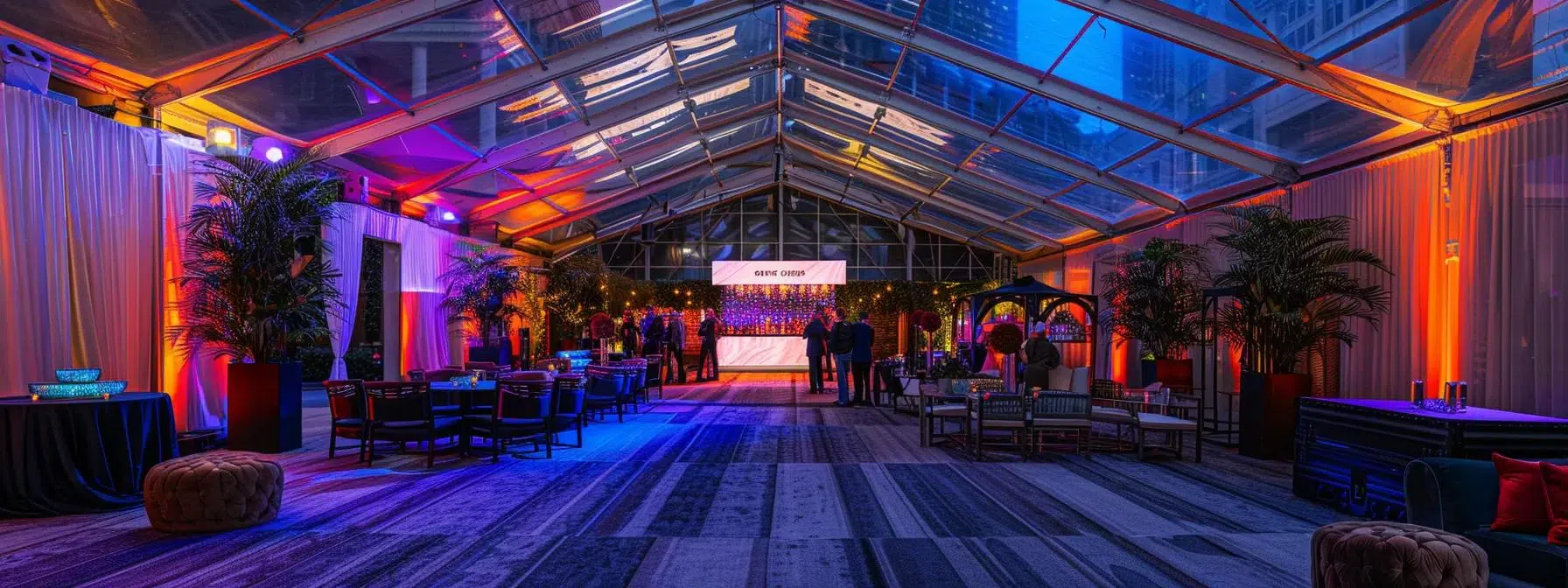
A seamless setup requires careful planning, professional management, and attention to details from installation to breakdown, ensuring a stress-free event.
What Are Best Practices for Tent Installation and Maintenance?
Conduct thorough site assessments, ensure proper anchoring, and plan contingencies for adverse weather. Regular maintenance during the event keeps electrical and climate systems in check.
How Can Professional Management Reduce Event Stress?
Professional management coordinates logistics, handles unforeseen issues, and manages tight schedules to reduce stress for event planners, allowing focus on guest engagement.
What Should You Know About Tent Takedown and Post-Event Care?
Proper dismantling, careful packing, and post-event inspections ensure equipment remains in good condition for future use and help resolve any final logistical or billing details.
| Aspect | Open-Air Tents | Intimate Tents |
|---|---|---|
| Guest Experience | Expansive, free-flowing, natural interaction | Cozy, private, curated atmosphere |
| Material & Design | Lightweight, translucent fabrics, minimal supports | Heavier, insulated fabrics, effective partitioning |
| Best Use Cases | Festivals, large weddings, corporate functions | Private dinners, boutique events, retreats |
The table above summarizes the key differences in guest experience, design, and best use cases for each tent style, making it easier to choose the best option.
Frequently Asked Questions
Q: How do open-air tents enhance guest interaction?
A: They maximize natural light and remove interior barriers, promoting movement and engagement.
Q: What safety measures are essential for large tent setups?
A: Proper anchoring, weather-proof materials, fire safety protocols, and regular maintenance are critical.
Q: Can customization improve the overall tent ambiance?
A: Yes, adding tailored lighting, decor, and branding details helps match the event’s theme and ensures an immersive experience.
Q: What logistical challenges should be considered when planning tent installation?
A: Venue type, ground conditions, weather variability, and post-event takedown procedures must be planned for.
Q: How do experts assist in the tent selection process?
A: They provide insights on material quality, design customization, safety standards, and logistical considerations to align the tent style with event goals.
Final Thoughts
Choosing between an open-air and an intimate tent style can greatly impact the guest experience. By considering factors like guest interaction, venue conditions, and customizable features, event planners can design the perfect atmosphere, whether airy and expansive or cozy and exclusive. Expert consultation helps ensure all details from installation to post-event care are managed efficiently, creating a seamless and successful event.

